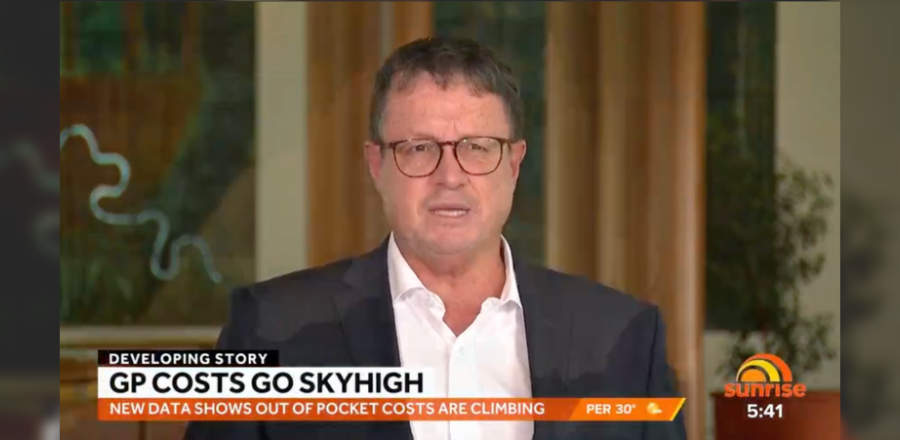Broken Medicare indexation erodes affordable access to GPs
The AMA warns that inadequate Medicare indexation is short-changing patients and leading to falling bulk billing levels and says there is an urgent need to address affordable patient access.

AMA President Professor Steve Robson says indexation of Medicare is broken and the formula to index the rebate “has become a joke”.
He told the Australian newspaper that years of inadequate indexation had resulted in medical practices being forced to either absorb costs of seeing their patients or pass them on.
“Years of inadequate indexation has meant the Medicare rebate no longer bears any relationship to the actual cost of providing high-quality services to patients, and this is one reason why we’re seeing more practices unable to offer bulk-billing for even the most vulnerable of patients, with wages and increasing practice running costs all funded from the rebate,” Professor Robson said.
“Doctors can’t keep absorbing these costs and if the government is serious about addressing affordability and access to medical care including general practice, it just can’t ignore indexation, it’s as simple as that.”
Professor Robson said the formula for indexing Medicare was broken.
“It is delivering an indexation rate that falls well behind the rate of increase in key economic measures like the Consumer Price Index, Average Weekly Earnings, and the Wage Price Index.”
Comparing Medicare indexation of 1.6 per cent with the indexation figure of 3.7 percent for public hospital services, released recently by the Independent Health and Aged Care Pricing Authority (IHACPA), shows just how poorly Medicare is indexed, contributing to declining bulk billing rates and higher out-of-pocket costs for patients.
The IHACPA indexed the National Efficient Price (NEP) for 2023–24 at a rate of 2.9 per cent per annum, plus an additional 0.81 per cent to account for increases in the minimum superannuation guarantee between 2020–21 and 2023–24.
The AMA analysed the effect of poor Medicare indexation on the item most often used by doctors, the Level B item for consultations lasting less than 20 minutes, and identified $8.6 billion the government has ‘saved’ since 1993.
The AMA Gaps Poster demonstrates that successive governments have been stripping healthcare funding from Australian taxpayers through poor indexation and shifting the cost of care onto everyday Australians.



